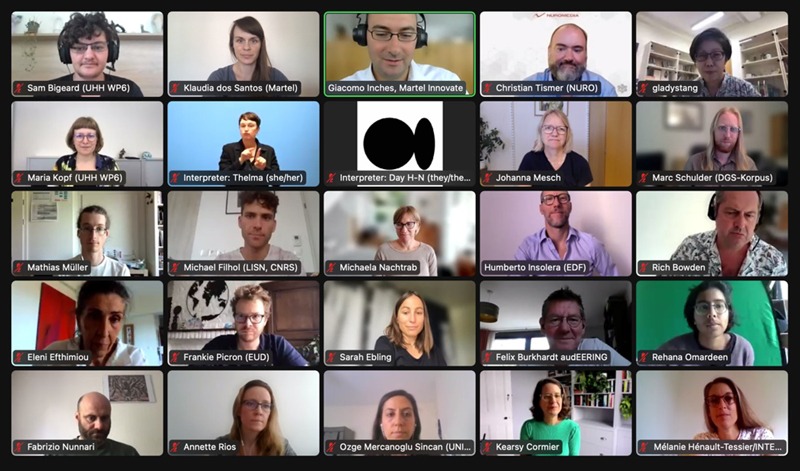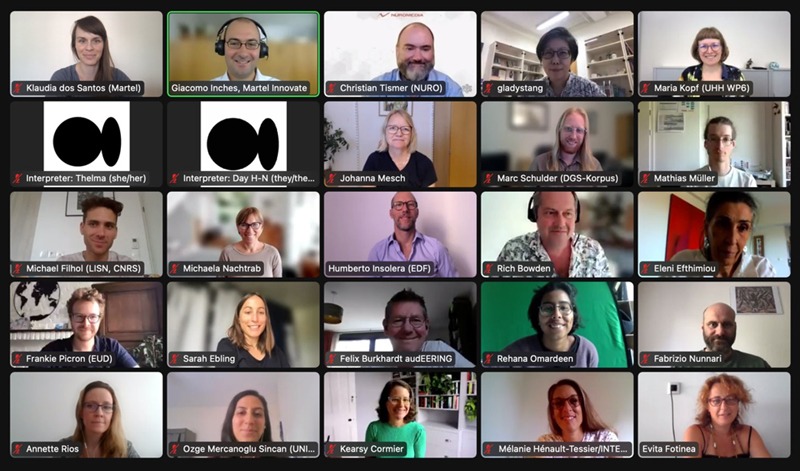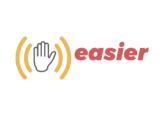Established in the second year of the project, the EASIER Advisory Board is made up of deaf and hearing experts from the fields of sign language linguistics and public policy on deafness. The Advisory Board provides unique knowledge, critical thinking, and analysis with the aim of monitoring and advancing the project and helping the EASIER consortium achieve its ambitious objectives. More specifically, the members of the Advisory Board provide advice to the project consortium on its technical and operative direction and the relevance of project results to policy and academia but also facilitate exploitation strategies.
All EASIER Advisory Board members have been appointed by the Project Management Board based on their strong expertise and background. Read more about the EASIER Advisory Board members below.
- Gladys Tang, Director & Professor of Linguistics, Centre for Sign Linguistics and Deaf Studies, The Chinese University of Hong Kong
- Humberto Insolera, Executive Committee, European Disability Forum EDF
- Johanna Mesch, Professor, Scientific head of the Sign Language Section, Department of Linguistics, Stockholm University
- Vassilis Pitsikalis, Research Associate at NTUA; Founder, Chief Science Officer at DeepLab
FIRST EASIER ADVISORY BOARD ACTIVITIES
The official EASIER Advisory Board kick-off meeting took place on September 7, 2022, shortly before the project mid-term review meeting. The half-day online featured an introductory session with a roundtable led by the EASIER Project Coordinator, technical presentations delivered by different EASIER Work Package Leaders, and final remarks and conclusions delivered by the Project Scientific Manager and the Project Coordinator.
During the introductory session, the Project Coordinator gave a general presentation of EASIER, highlighting its goals and objectives, challenges, current status and achievements to date, as well as future plans. The floor was then given to the Advisory Board members so they could introduce themselves to the consortium. After that, technical presentations followed, and the work within the following Work Packages has been presented and discussed:
- WP1 User involvement: specifications, design, feedback, and evaluation
- WP2 Avatar display
- WP3 SL (video) recognition
- WP4 Translation
- WP5 Post-editing translations
- WP6 Resources harmonization
- WP8 Integration: application development
A large part of the meeting was dedicated to an open discussion, which proved very useful for the project consortium and the Advisory Board members alike. The discussion focused on concrete collaboration opportunities, identification of inputs needed in each discussed project work package, and the importance of involving deaf people alongside the technical development of the project to boost the cultural and political acceptance of the future results.
The EASIER consortium was pleased by the opportunity to present the results of the work performed within the first half of the project. Grateful for the received feedback, the consortium was well prepared for the official Project Review Meeting and for involving the Advisory Board again at a later stage next year.



